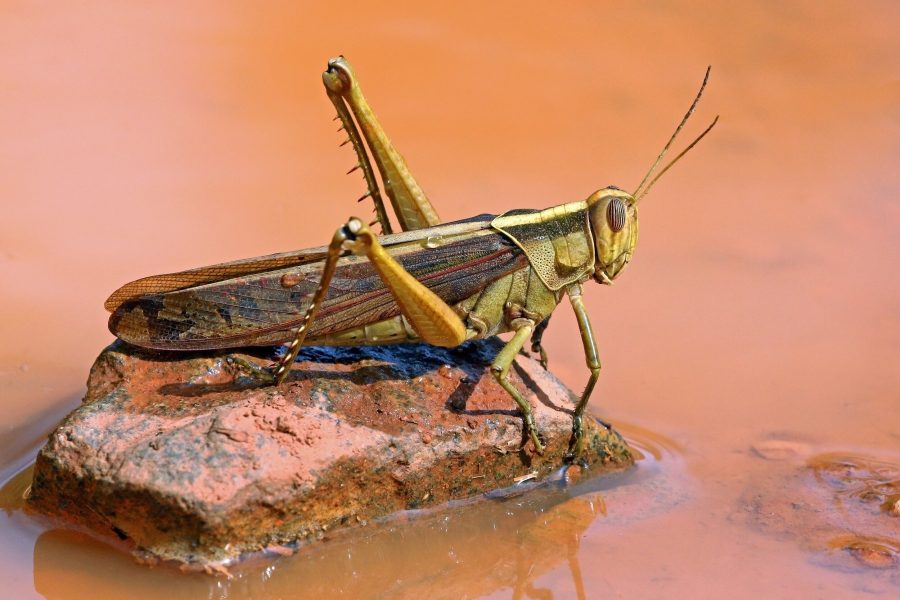Worst outbreak of locusts threatens to worsen food insecurity in East Africa
March 22, 2020
Locust swarms pose various problems to locals in the area that are in dire need of some sort of solution against these pests.
“Even before this outbreak, nearly 20 million people faced high levels of food insecurity across the East African region long challenged by periodic droughts and floods,” The Guardian said.
With the new presence of locusts swarms, locals are facing a new array of problems stemming from the abundance of the insect. Millions of hungry locusts are descending upon all types of crops and feasting on any type of vegetation they could find, ultimately depleting the resources of the people in the infested region.
Authorities in the region impacted by these swarms have reported “a single swarm can contain up to 150 million locusts per square kilometer of farmland, an area the size of almost 250 football fields.”
It was also reported by The Guardian in early January that Kenya had 70,000 hectares of land infested by swarms of locusts, a number that has surely grown as the situation has worsened.
Considering the destruction billions of locusts currently swarming the skies have caused, scientists are already looking ahead to nullifying the effects of the second wave. The situation may go from bad to worse as experts are predicting another generation of locusts will be hatching soon due to favorable breeding conditions.
The United Nations warned that “ when rains arrive in March and bring new vegetation across much of the region, the numbers of the fast-breeding locusts could grow 500 times before drier weather in June curbs their spread.”
Moreover, the Food and Agriculture Organization of the United Nations has warned a potential second wave of locusts would put the food security of up to 25 million people that inhabit the Horn of Africa in grave danger as the cropping season commences.
This projected influx in the already massive number of locusts is what scientists are attempting to pacify with the introduction of new technology that tracks the movement of locusts swarms and allows scientists to anticipate where new swarms will be formed.
Satellite information scientists Kenneth Mwangi said “researchers were running a supercomputer model to predict breeding areas that may have been missed by ground monitoring. These areas could become sources of new swarms if not sprayed.”
Mwangi continued “the model will be able to tell us the areas in which hoppers are emerging. We will also get ground information. These areas can become a source of an upsurge or a new generation of hoopers.. It becomes very difficult and expensive to control, which is why we are looking to prevent an upsurge.”
The use of technology will be paired with the spray of pesticides, a method the UN claims as “the only effective way to combat [locusts].” The major function of the new technology being implemented is to track or predict the movement of the locust swarms and spray pesticides in the area to prevent a second generation from hatching and maturing into billions of insects.
Although the supercomputer has a substantial price tag, it has been successful in tracking and predicting the movement of locust swarms by utilizing weather data to forecast their future locations.
“Researchers are now inputting data on soil moisture and vegetation cover to help predict where eggs have been laid and are likely to hatch and thrive,” Karen McVeigh of The Guardian said, “This will then provide data on where African governments can direct their spraying efforts, helping to control the hoppers before they swarm.”
Scientists operating the supercomputer have consistently relayed the information on the current or anticipated whereabouts of the locusts to the governments of the affected regions who then, in turn, take cautionary measures and spray pesticide in those locations.
This technology along with the scientists closely associated with it have done outstanding work by assisting local governments in the fight against the largest locusts outbreak they have witnessed in their lifetimes. However, the damage has arguably already been done.








